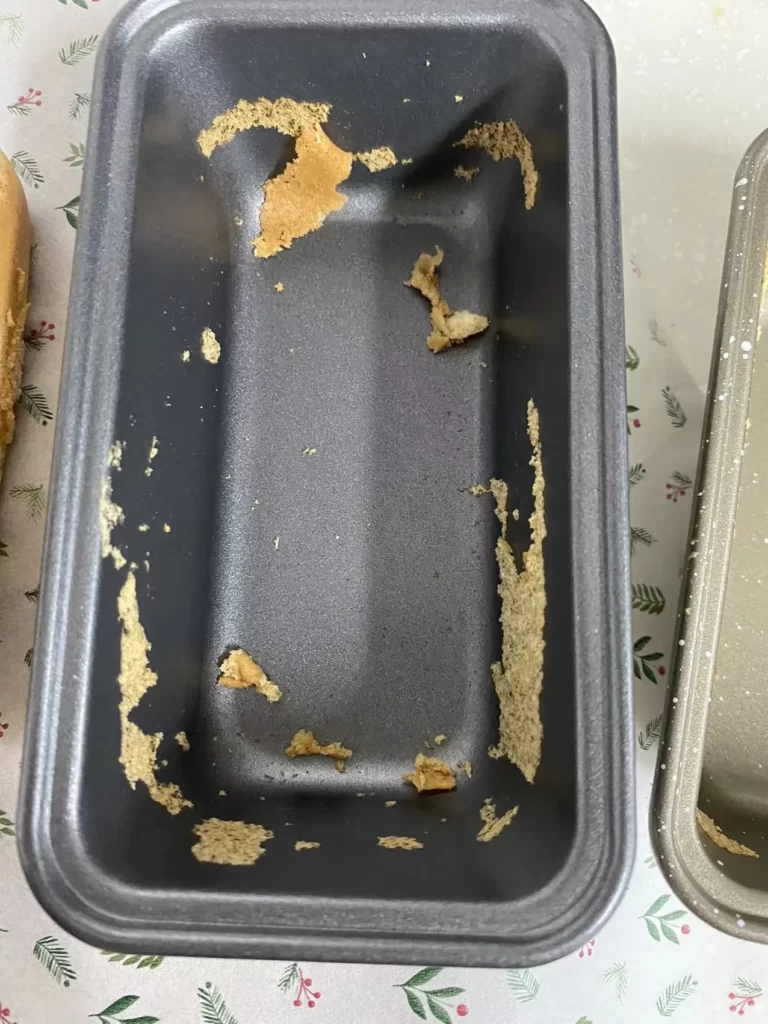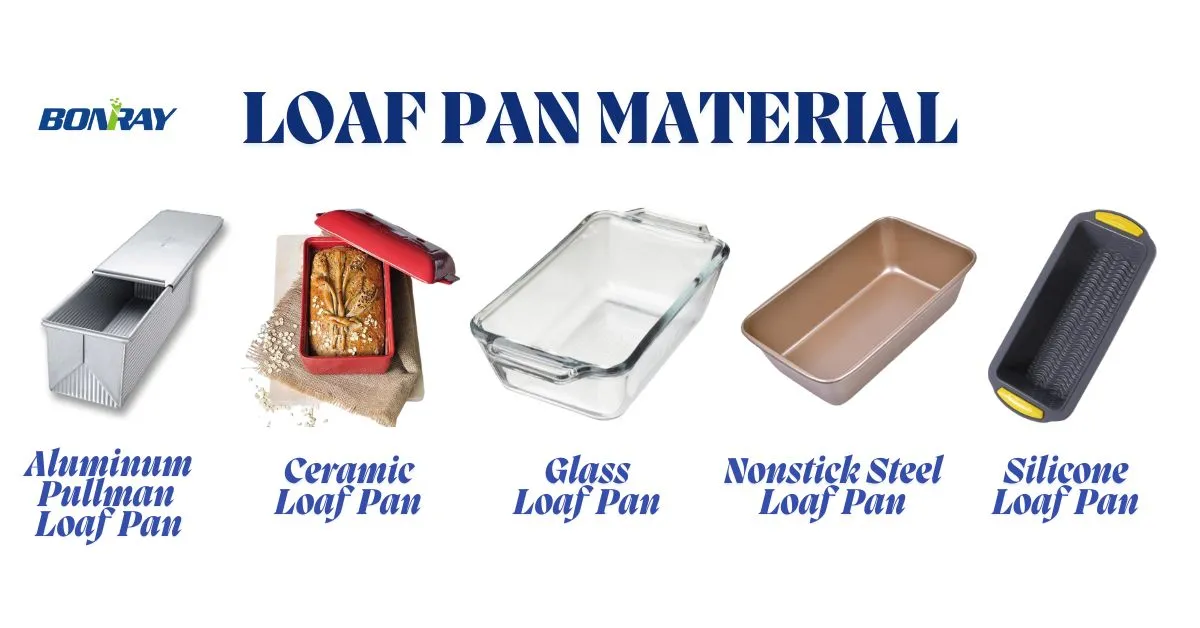Experience Excellence: A Comprehensive Guide to the Non-stick Performance Tests for Top Cookware
In the competitive kitchenware manufacturing industry, non-stick baking pans stand out for their convenience and efficiency, making them a must-have in both home and professional kitchens. But have you ever been curious about the process through which the non-stick baking pans are evaluated for their premium quality and performance? Or why, after countless uses, your baking pan still maintains its promise of easy release? All of these questions can be answered by understanding one important procedure: rigorous nonstick performance testing.
Bonray, as an experienced bakeware manufacturer, understands that comprehensive performance tests are critical to the reliability of these baking pans. In this post, we will help you understand the importance of performance testing in our inspection process and how we conduct these processes to meet the expectations of our customers.
Why Do Non-Stick Coatings Matter?

Nonstick coatings are vital for modern cookware and bakeware, as they improve the cooking and baking experience by allowing for healthier meals with less oil. This innovation helps anyone wishing to simplify their cooking routine, as it provides easy food release and rapid cleanup, making it a popular choice in homes as well as commercial kitchens. Beyond convenience, the nonstick coatings increase the longevity of bakeware by protecting it from abrasion and corrosion, ensuring consumers receive consistent performance time after time. Using superior nonstick coatings for cookware and bakeware lines allows manufacturers like Bonray to satisfy the growing consumer demand for convenience and health-conscious solutions. It also improves quality and provides an edge in competitive markets like hypermarkets and online retailers where clients want efficient, high-quality kitchen solutions.
What are the Standard Tests for Non-Stick Coating?
How can manufacturers ensure that their cookware and bakeware will release food without sticking? The solution consists of a series of standardized tests that imitate long-term use and difficult environments. These tests evaluate a range of performance attributes, including chemical resilience, adhesion, and abrasion resistance. The following is an overview of the common tests used on non-stick coatings:
| Nonstick Coating Test Type | Description | Purpose |
|---|---|---|
| Abrasion Resistance Test | This test measures the coating’s ability to withstand physical wear. A typical method involves rubbing the surface with a scouring pad under a specified force for a set number of cycles. | To ensure the coating can handle regular cleaning and use without degrading. |
| Adhesion Test | This test involves scoring the coating with a grid pattern, applying tape, and then removing it to see if the coating peels off. | To assess the coating’s ability to adhere to the substrate under stress. |
| Chemical Resistance Test | The coating is exposed to potentially corrosive agents like acids and alkalis to see if it reacts or deteriorates. | To verify that the coating can resist common kitchen acids, oils, and detergents. |
| Impact Resistance Test | Coated surfaces are subjected to impacts from a defined height to check for chipping or detachment of the coating. | To determine the durability of the coating under sudden impacts. |
| Non-Stick Performance Test | Food items are cooked on the surface without oils to check if they can be released easily without sticking. | To evaluate the effectiveness of the non-stick property during actual cooking. |
| Hardness Test | Pencils of known hardness are pressed against the coating to determine the scratch resistance level. | To measure the mechanical strength and scratch resistance of the coating. |
These tests are crucial for manufacturers to ensure that their nonstick coatings will withstand the pressures of daily cooking and cleaning. A high-quality nonstick surface not only improves the usage and maintenance of cookware and bakeware, but it also ensures safety and longevity, making these standard tests a key factor in product development and quality assurance in the cookware and bakeware industry.
What Exactly Is Non-Stick Performance Testing?
Non-stick performance testing is an important inspection method that determines the efficacy of a non-stick coating used on cookware and bakeware. This method of testing guarantees that the non-stick surface works properly, allowing food to be cooked and released quickly without sticking, reducing the need for unnecessary oil or butter, and resulting in healthy cooking.
Non-stick performance testing simulates real-world cooking circumstances to assess how well a coated surface keeps food from sticking. In the tests, different kinds of food will be cooked on a coated surface without any oils or fats. Eggs, meat, and dough-based goods are used in these tests to evaluate various food textures and compositions.
The process typically involves the following steps:
1. Heating the Surface:
The cookware is preheated to test food cooking temperatures.
2. Cooking Without Lubricants:
Food items are cooked without oil or butter to rigorously test their nonstick capabilities.
3. Food Release and Residue Evaluation:
After cooking, food release and residues are assessed. The goal is food that slides off without leaving much residue.
4. Repeated Use:
To test non-stick qualities, the surface may be cooked and cleaned several times.
Manufacturers must do nonstick performance testing because it has a direct impact on consumer satisfaction and product ratings. Effective non-stick coatings can make cookware and bakeware much easier to use and clean, thereby influencing purchasing decisions. These tests help manufacturers improve their products’ performance and durability before they reach consumers.
Why Is Non-stick Performance Testing Important?

Quality matters. In a competitive market where consumers are increasingly selective, the quality of non-stick bakeware can make or break a brand. Performance testing assures that the nonstick coating delivers on its promise, providing the user with a consistently outstanding cooking and baking experience.
Manufacturers must do nonstick performance testing because it has a direct impact on consumer satisfaction and product ratings. Effective non-stick coatings can make cookware and bakeware much easier to use and clean, thereby influencing purchasing decisions. These tests help manufacturers identify possible problems throughout the manufacturing process and improve their products’ performance and durability before they reach consumers. This kind of inspection is a must because it not only saves time and money, but also protects the brand’s reputation.
Testing Industry Standards: How PPG Set Their Testing Standards
Companies like PPG, a leading manufacturer of nonstick coatings, test products rigorously to assure quality and reliability. To simulate real-world settings, they create testing protocols for each product’s use. These methods follow ASTM and ISO criteria for durability, stress response, and chemical resistance. PPG innovates and improves goods to exceed industry requirements. This comprehensive testing assures PPG products are safe, effective, and industry-leading, building consumer trust and brand reputation.
Business Benefits from High-Quality Coatings
Bonray, a leading Chinese bakeware and cookware manufacturer, knows that exceptional non-stick coatings are a market advantage. Our partnership with renowned coating leader PPG shows our dedication to quality and innovation. This partnership allows us to use cutting-edge coating technologies that have passed rigorous tests, allowing our products to command premium prices and appeal to smart consumers.

With PPG’s high-quality coatings, Bonray gives users real benefits like longer-lasting products, happier customers, and a stronger market edge, it’s a commitment to client centric satisfaction.
How Does Bonray Ensure High-Quality Non-Stick Bakeware?
At Bonray, we are strictly committed to excellence. As a top B2B bakeware supplier in the bakeware and cookware market, we carry out a series of strict nonstick performance tests as part of our quality control procedures.
To begin, we put each set of our nonstick bakeware through a series of early release tests. This procedure includes baking certain test objects, such as eggs or batter, and assessing their ease of release from the surface. We proceed to the next phase only if the test results meet our high requirements.



The abrasion resistance test is next. This involves imitating common kitchen usage environments that bakeware comes across, such as the use of metallic appliances and various cleaning methods. This important phase allows us to ensure that our bakeware can endure regular use while maintaining its unique nonstick qualities.
In the final stage, we conduct durability assessments. We put the bakeware through multiple baking and cleaning cycles, such as the washing machine test, to simulate the conditions it might encounter in a home or commercial kitchen. We evaluate the persistent non-stick performance after each cycle to ensure consistency and durability.

Conclusion
At Bonray, we work hard to make sure that all of our bakeware meets the best standards for non-stick performance. We are a preferred partner in the kitchenware industry because we follow strict testing methods and are dedicated to quality assurance. Businesses that need reliable, high-quality bakeware are welcome to get in touch with us to talk about how our goods can help your business.
FAQs
- Why are performance tests important for non-stick bakeware?
Performance tests ensure that non-stick coatings are durable, safe, and effective, which is crucial for consumer satisfaction and compliance with industry standards.
- What is a dry egg test, and why is it important for non-stick bakeware?
The dry egg test involves cooking an egg in a pan without oil to assess the quality of the non-stick coating. It’s important because it demonstrates the cookware’s ability to release food easily, which is a key feature of non-stick surfaces.
- What factors should I consider when choosing non-stick bakeware?
Consider the type of non-stick coating, whether the product has undergone performance tests, and the overall design and build quality of the bakeware.
- What types of performance tests are conducted on non-stick bakeware?
Common tests include abrasion resistance, thermal shock resistance, chemical resistance, and adhesion tests.
- How does Bonray ensure the quality of its non-stick bakeware?
Bonray ensures quality through rigorous performance tests, strict quality control, and continuous improvements in product design and customization.
- What are the main types of non-stick coatings available on the market?
The primary types of non-stick coatings are ceramic, PTFE (polytetrafluoroethylene), and silicone. Each has unique properties and benefits, from health safety to heat resistance.
- Is ceramic coating safer than PTFE for health?
Ceramic coatings are generally considered safer than PTFE as they do not contain PFOA and PFAS, chemicals that have been linked to health issues. However, their performance can vary, so choosing high-quality ceramic coated cookware is crucial.
- Can non-stick pans really be used without any oil or butter?
High-quality non-stick pans can often be used without oil or butter, especially for foods like eggs or pancakes. However, a small amount of oil can improve cooking results and help maintain the coating.
- How can I test the non-stick quality of cookware before purchasing it?
When possible, look for cookware demonstrations or read reliable reviews and product tests that specifically mention non-stick performance. Checking for warranties or guarantees regarding the non-stick coating can also be helpful.
- What should B2B buyers look for when choosing non-stick bakeware?
B2B buyers should look for bakeware that has passed rigorous performance tests and holds relevant certifications, indicating high quality.








